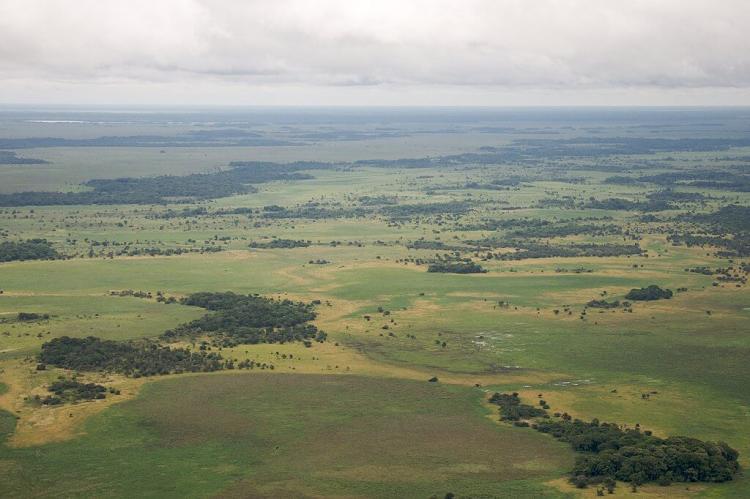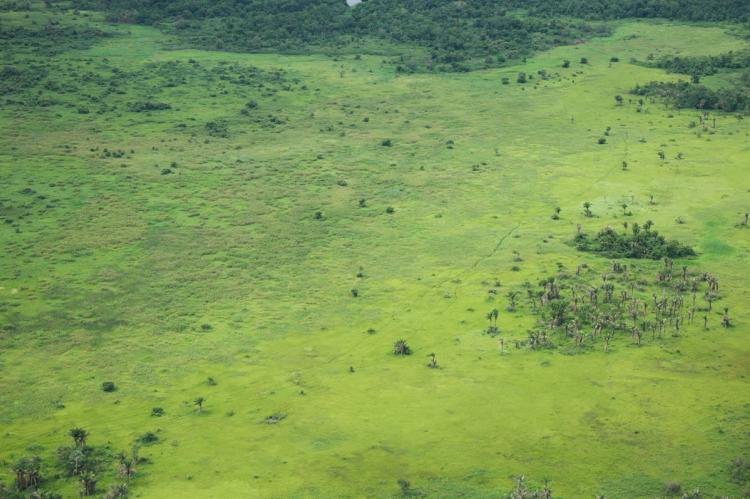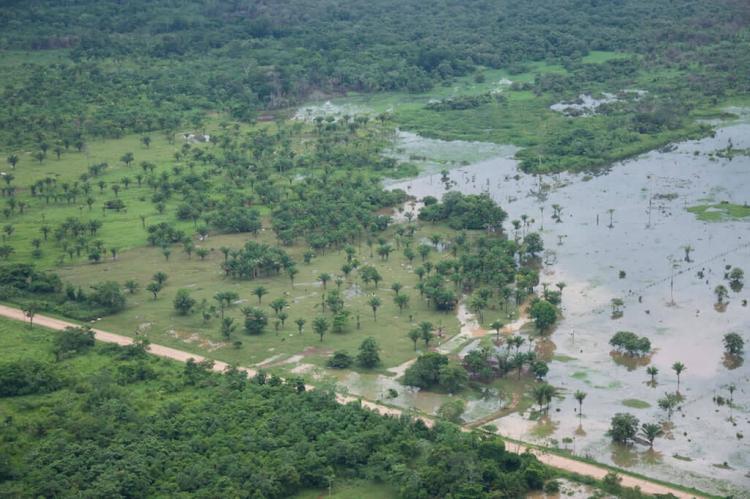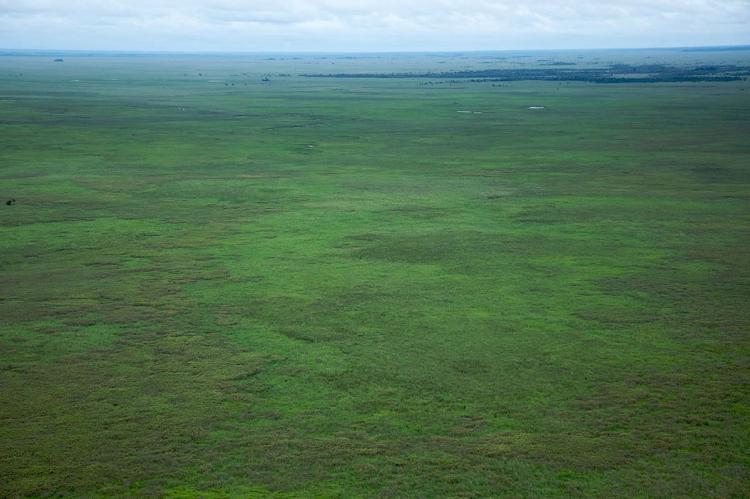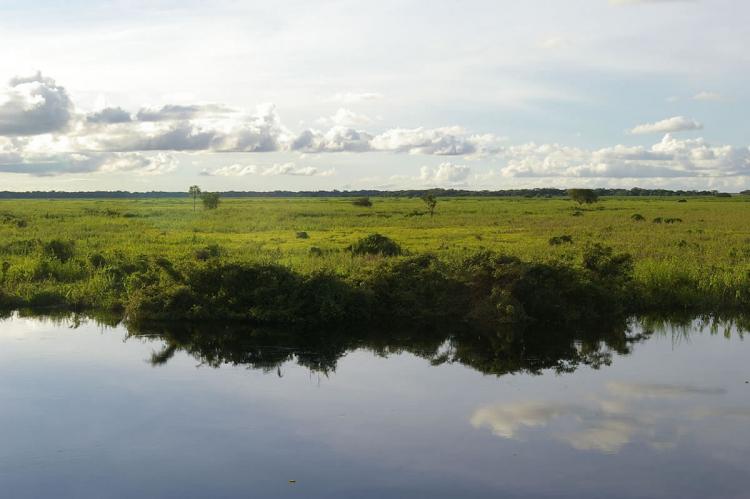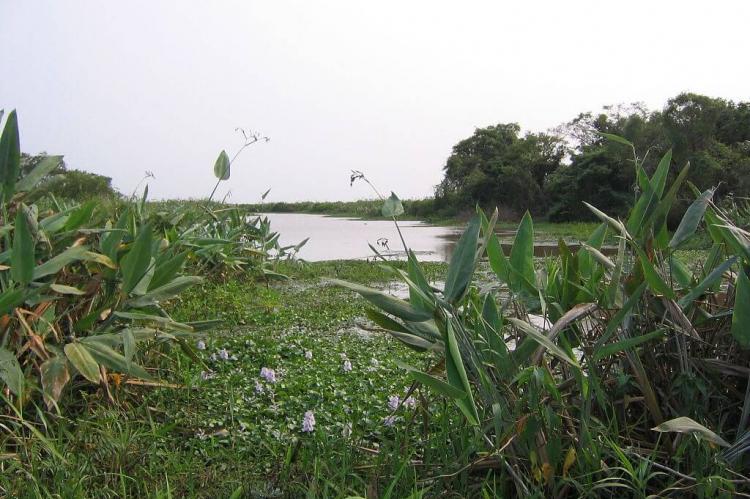The Beni Savanna: Bolivia's Wetland Wonderland
Nestled in the northern lowlands of Bolivia, the Beni Savanna ecoregion unfolds as a vast expanse of tropical savannas, meandering rivers, and a mosaic of wetlands and forest islands. This ecological marvel, also known as the Llanos de Moxos, is the third-largest savanna complex in South America.
The Beni Savanna: Bolivia's Wetland Wonderland
Nestled in the northern lowlands of Bolivia, the Beni Savanna ecoregion unfolds as a vast expanse of tropical savannas, meandering rivers, and a mosaic of wetlands and forest islands. Spanning over 128,000 square kilometers (49,400 square miles), this ecological marvel, also known as the Llanos de Moxos (Moxos Plains), is the third-largest savanna complex in South America, extending its reach into neighboring Brazil and Peru.
Geographic Setting
A Confluence of Biogeographic Regions
The Beni Savanna ecoregion lies at the convergence of four distinct biogeographic regions: the Amazon rainforest, the Cerrado grasslands, the Chiquitanía savannas (an area of tropical savannas in the Santa Cruz Department of eastern Bolivia), and the Chaco dry forests. This unique confluence has given rise to a rich tapestry of ecosystems, blending elements from each region into a harmonious whole.
A Riverine Landscape
Numerous rivers originating from the Andes' eastern slopes bisect the region, including the Beni, Mamoré, and Guaporé. At their confluence, these waterways form the mighty Madeira River, the most significant tributary of the Amazon basin, underscoring the Beni Savanna's importance within the greater Amazon ecosystem.
Ecological Diversity
A Mosaic of Habitats
The Beni Savanna ecoregion is a mosaic of savannas, wetlands, and forest islands, surrounded by the lush tropical forests of the Southwest Amazon moist forests ecoregion to the north, west, and south, and the Madeira-Tapajós moist forests ecoregion to the east. This diverse array of habitats supports an equally diverse array of flora and fauna, making the Beni Savanna a true biodiversity hotspot.
Flora
An estimated 1,500 vascular plant species call the Beni Savanna home, with sedges and grasses dominating the landscape. Species such as bent spike rush, southern cutgrass, Peruvian watergrass, and brook crown grass are among the most prevalent. In shallow flooded areas, tree cover is limited, with silver and pink trumpet trees being the most common species. Better-drained areas support characteristic species like the grugru palm, tigerwood, Tabebuia ochracea, and Acacia albicorticata.
Fauna
The Beni Savanna's faunal diversity is equally impressive, with at least 146 mammal species, including the iconic boto river dolphin, marsh deer, maned wolf, puma, jaguar, and jaguarundis. Numerous rodent and bat species, as well as seasonal primate species, also call this ecoregion home. Over 500 bird species have been recorded, including restricted-range species such as the white-bellied nothura, the southern screamer, and the crowned solitary eagle or Chaco eagle. The critically endangered blue-throated macaw, also known as the Caninde macaw or Wagler's macaw, is endemic to the Llanos de Moxos.
Reptiles, amphibians, and fish play vital roles in the savannas, wetlands, lakes, and rivers, with notable species including black caiman, river turtles, anacondas, giant rococo toads, spot-legged poison frogs, marsh frogs, and over 325 fish species.
Climate and Hydrology
Seasonal Flooding
The Beni Savanna experiences a tropical climate with pronounced wet and dry seasons. During the wet season, which lasts from December to May, annual rainfall ranges from 1,300 millimeters (51 inches) in the east to 2,500 millimeters (98 inches) in the west. This intense rainfall, coupled with snowmelt from the Andes, causes the region's rivers to flood the plains annually, covering 50 to 60 percent of the land for four to ten months.
Archaeological Significance
The Llanos de Moxos: A Pre-Columbian Legacy
Within the heart of the Beni Savanna lies the Llanos de Moxos, an archaeological region that bears witness to the ingenuity and deep environmental connection of the pre-Columbian agricultural societies that once flourished in this fertile land. Their monumental earthworks, intricate canal systems, and skillfully crafted artifacts testify to their understanding of the region's hydrology and ability to harness its resources sustainably.
Conservation Efforts
The Beni Biosphere Reserve
Recognizing the ecological significance of the Beni Savanna, approximately 135,000 hectares (333,600 acres) of the ecoregion, including areas of savanna and rainforest, have been designated as the Beni Biosphere Reserve, one of the first protected areas established in Bolivia. This reserve plays a crucial role in safeguarding the region's rich biodiversity and preserving its unique ecological character for future generations.
Conclusion
The Beni Savanna ecoregion is a true marvel of nature, where the forces of water, climate, and biodiversity converge to create a unique and captivating landscape. From its vast savannas and meandering rivers to its diverse array of plant and animal life, this wetland wonderland stands as a testament to the resilience and adaptability of the natural world. As we grapple with environmental conservation challenges, the Beni Savanna serves as a reminder of the importance of preserving these precious ecosystems and learning from the wisdom of the cultures that have coexisted with them for centuries.
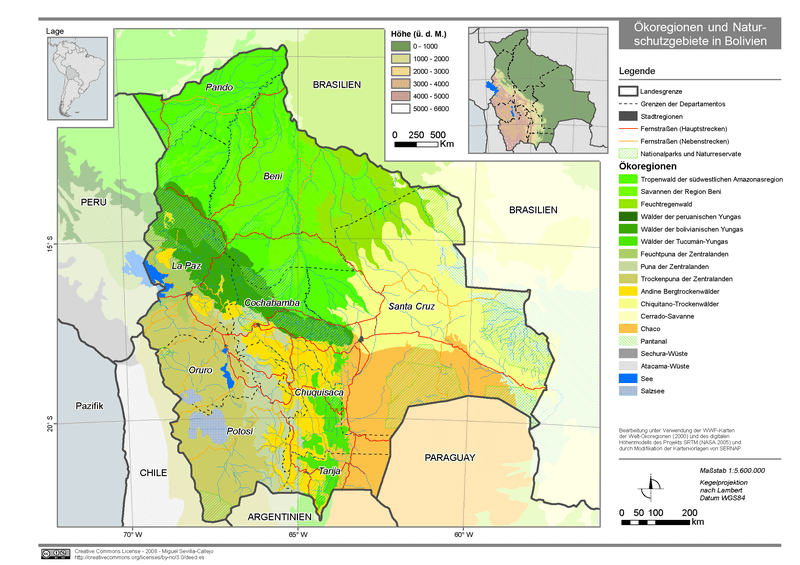
Map of Bolivia's ecoregions. The Beni savanna is shown in bright green.
